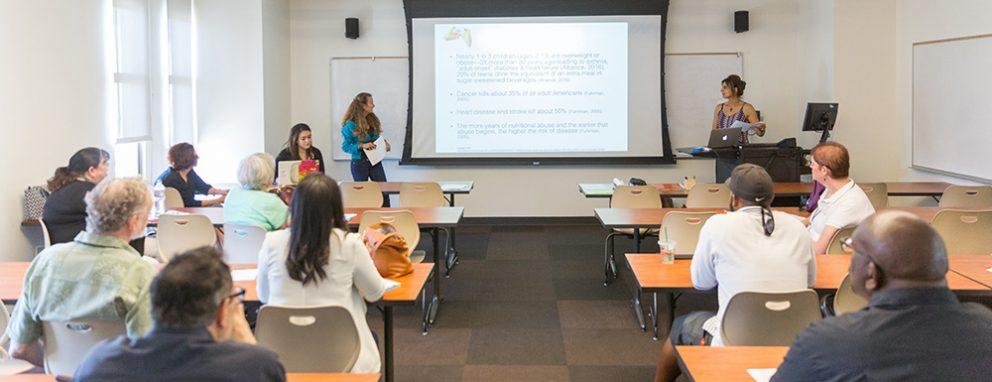
For more information about neurodiversity, please consult the following literature.
Neurodiversity
- Armstrong, T. (2010). Neurodiversity: Discovering the extraordinary gifts of autism, ADHD, dyslexia, and other brain differences. Da Capo Lifelong.
- Armstrong, T. (2012). Neurodiversity in the classroom: Strength-based strategies to help students with special needs succeed in school and life. ASCD.
- Pollak, D. (2009). Neurodiversity in higher education: Positive responses to specific learning differences. Wiley-Blackwell.
Learning and the Brain
- Hammond, Z. (2015). Culturally responsive teaching and the brain: Promoting authentic engagement and rigor among culturally and linguistically diverse students. Corwin.
- Immordino-Yang, M. H. (2016). Emotions, learning, and the brain: Exploring the educational implications of affective neuroscience. W.W. Norton et Company.
- Olson, K., & Cozolino, L. (2014). The invisible classroom: Relationships, neuroscience & mindfulness in school. W.W. Norton & Company.
- Whitman, G., & Kelleher, I. (2016). Neuroteach: Brain science and the future of education. Rowman et Littlefield.
- Willis, J., & Willis, M. (2020). Research-based strategies to ignite student learning: Insights from neuroscience and the classroom. Hawker Brownlow Education.
Educator Wellness
- Howard, K. (2020). Stop talking about wellbeing: A pragmatic approach to teacher workload. John Catt Educational.
- Jennings, P. A. (2015). Mindfulness for teachers: Simple skills for peace and productivity in the classroom. W.W. Norton & Company.
Healing-Centered Education
- Jennings, P. A. (2021). Trauma-sensitive classroom: Building resilience with compassionate teaching. W.W. Norton & Company.
- Souers, K. (2019). Relationship, responsibility, and regulation: Trauma-invested practices for fostering resilient learners. ASCD.
- Souers, K., & Hall, P. A. (2016). Fostering resilient learners: Strategies for creating a trauma-sensitive classroom. ASCD.
